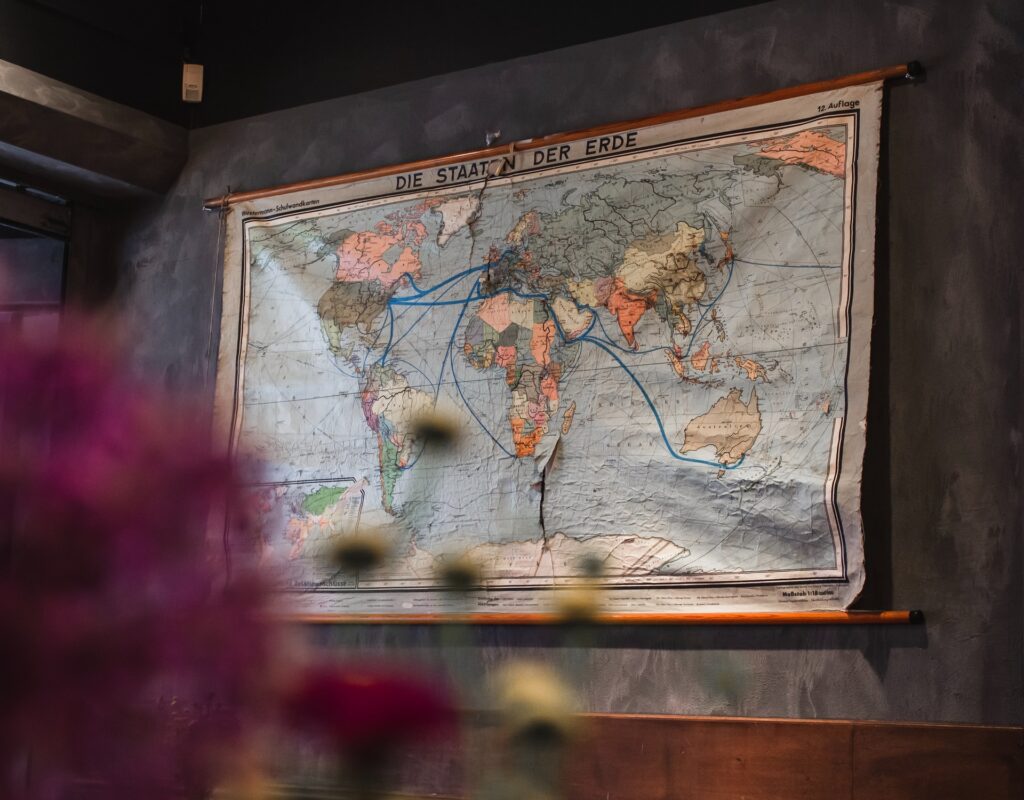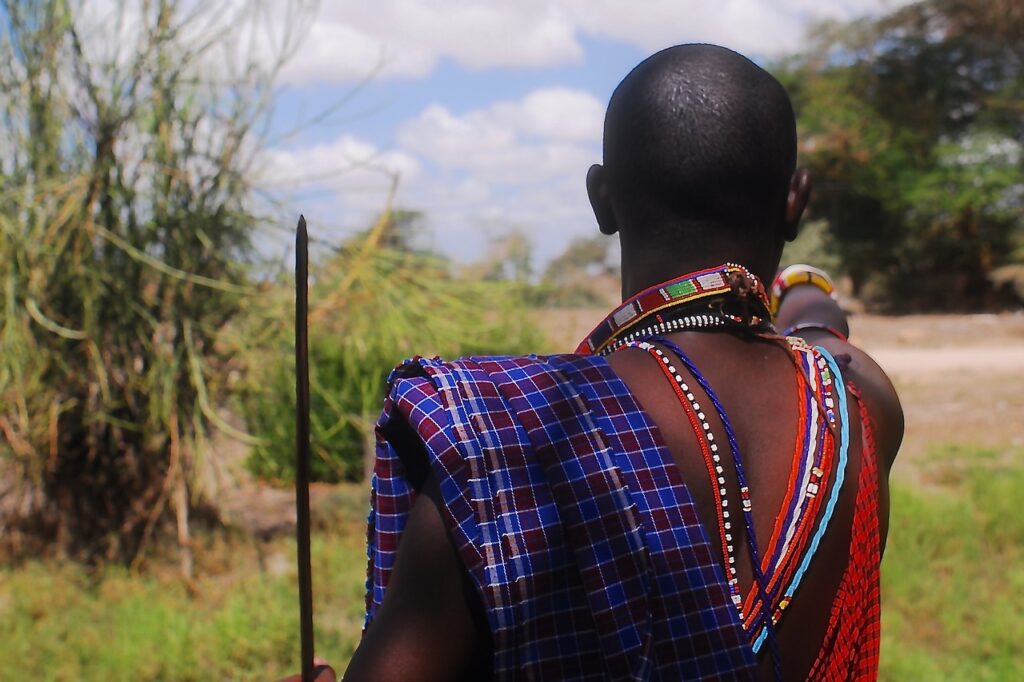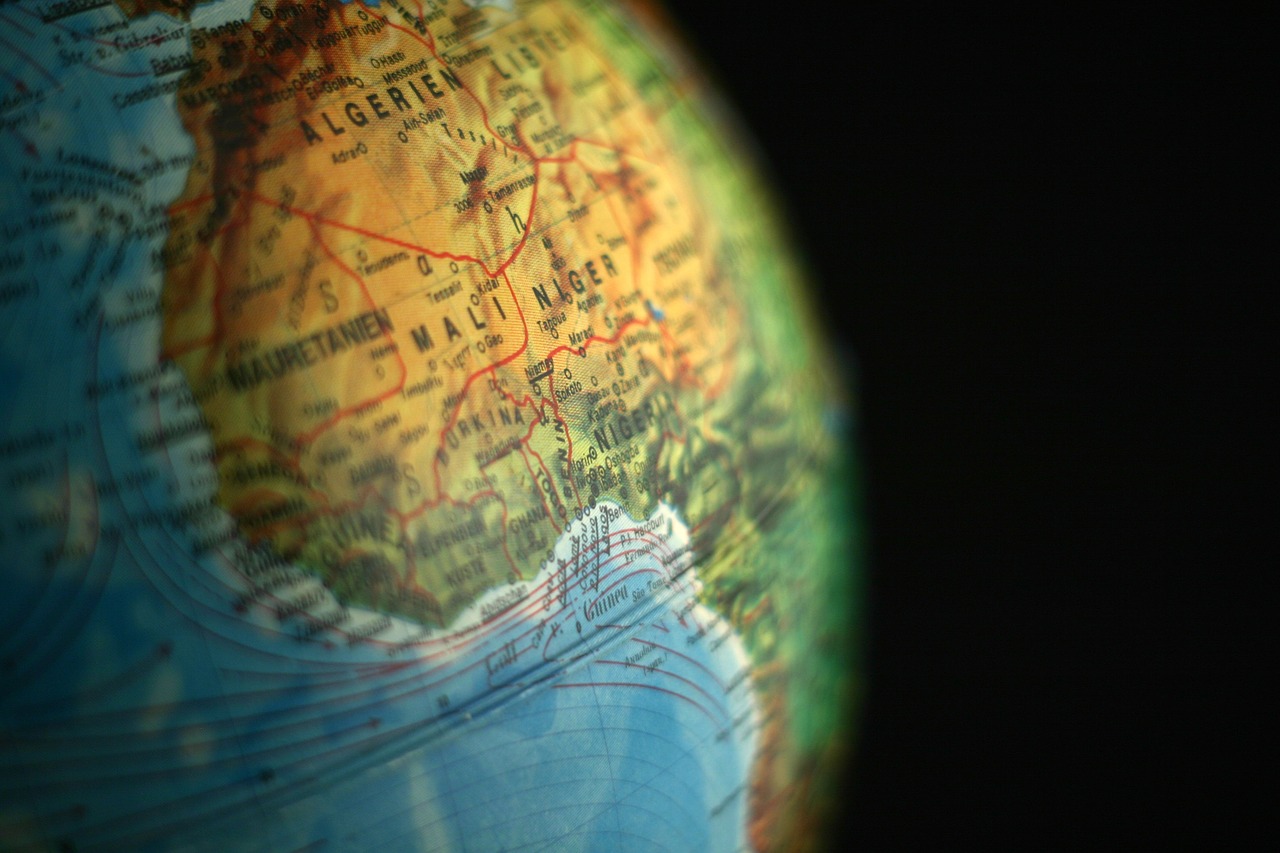The past of the African continent has played a significant role in creating Africa as we know it today. Part of that past includes the Scramble for Africa that took place between 1881 and 1914.
Learn about the Scramble for Africa and the impact it still has on the continent today.
What Was the Scramble for Africa?
Historians call the period between 1881 and 1914 the “New Imperialism.” During this time, European powers invaded, occupied, divided, and colonised the African continent. Only, Liberia and Ethiopia remained independent.
During this period, the colonisers created arbitrary boundaries to cement “their” territories without input from the African people. Most of these artificially drawn borders have endured until the present day, still causing challenges for African leaders.
The European powers included Britain, France, Germany, Italy, Belgium, Portugal, and Spain. Their motivations to colonise Africa were to gain control of raw materials, the desire to gain dominance over each other, rivalry, and religious missionary work.
Therefore, a solution to avoid conflict was necessary. This led to the Berlin Conference of 1884, which regulated the colonisation of Africa and trade on the continent.
Although the parties involved made other bilateral agreements before and after the conference about the partitioning of Africa, the Berlin Conference was the starting point of the Scramble for Africa.
What Caused the Scramble for Africa?
Before the Scramble for Africa, Europeans had created small trading posts along the coasts of Africa. They only traded along the coast and avoided moving inland.
However, technological advancements and other developments gave European powers the ability to move further inland to occupy and colonise the inhabitants.
Factors That Enabled Europeans to Colonise Africa
- The discovery of quinine: Whenever European powers sent people to explore the continent, only one in ten survived thanks to malaria and yellow fever. As a result, the Europeans called Africa the “White Man’s Grave.” Nevertheless, the discovery that quinine could cure malaria meant that Europeans did not have to fear the disease anymore. Still, yellow fever continued to cause European deaths.
- Exploration: Europeans regularly travelled to Africa on exploratory expeditions. At first, their motivation was curiosity. However, the explorers started recording everything they saw for their financiers, thereby eliciting more interest in the continent. For instance, the explorations of Henry Morton Stanley caused a rush from other European explorers. King Leopold II of Belgium sent Stanley to create treaties with the local leaders along the Congo River because he was interested in setting up a colony.
- Innovation: the manufacture of the steam engine and iron-hulled boats enabled Europeans to explore the inland part of the continent through rivers.
- Politics: European powers were in political competition, with each country trying to assert dominance. For example, France had lost two provinces to Germany in 1870 and was, therefore, keen to gain more territory in Africa.
- End of the slave trade: The end of the European slave trade created a gap that capitalists were desperate to fill. Therefore, when explorers reported the discovery of raw materials on the continent, capitalists saw an opportunity for a new “legal” trade. For example, the Europeans wanted to use the African population as a market for their manufactured goods. Moreover, they would use the same people to produce sugar, coffee, rubber, and other products for them.
Impacts of the Scramble for Africa

The artificial creation of African borders by European colonies during the Scramble for Africa has impacted the continent negatively and still does today. That is because the colonisers created these boundaries with little to no knowledge about the continent’s geography and ethnic groups.
The British Prime Minister during the period, Lord Salisbury, described the folly as follows:
“We have engaged in drawing lines upon maps where no white man’s feet have ever trod. We have given away mountains and rivers and lakes to each other, only hindered by the small impediment that we never knew exactly where the mountains, rivers, and lakes were.”
Although the border design was improper, African leaders choose to retain the borders after gaining independence to avoid conflicts.
Ethnic Group Division
One of the effects of the partitioning of Africa was ethnic group division.
For example:
- You can find the Maasai in Kenya (62 percent) and Tanzania (38 percent)
- The Anyi are present in Ghana (58 percent) and Ivory Coast (42 percent)
- The Chewa are speared out among Mozambique (50 percent), Malawi (34 percent), and Zimbabwe (16 percent)
According to VOX EU, civil conflicts in Africa have taken place in areas where colonisation separated ethnic groups.
For example, the Afar and Esa have experienced the most frequent clashes in Africa. From 1970 to 2005, the groups have endured five civil wars.
Colonial borders split the Afar among Ethiopia, Eritrea, and Djibouti. The Esa, on the other hand, are found in Somalia and Ethiopia.
Border Disputes

Today, border disputes between African countries are widespread. For example, Nigeria and Cameroon had a border dispute concerning the oil-rich Bekassi Peninsula. They used old European-made maps to make their cases at the International Court of Justice (ICJ). Cameroon won the case, according to an article on The Atlantic.
Kenya and Somalia have also experienced border disputes. Immediately after Kenya’s independence, the government issued a dawn to dusk curfew in the North-Eastern region bordering Somalia. The curfew aimed to address the attacks from the Kenyan Somali people on government facilities.
The Kenyan Somalia insurgents wanted to secede from Kenya and join Somalia. This led to the Shifta War, which ended after Kenya reached an agreement with Somalia in July 1967. Previously, the British colonialists had controlled this region up to the Juba River. However, they awarded the Italians the area between the Juba River and the current Kenya-Somalia border for participating in World War I. The Italians were colonising Somaliland, which meant that the acquired territory created a new boundary, separating the Somali people.
However, the dispute issues did not end with the Shifta War. Currently, the two countries are in conflict over the maritime border. The section of the Indian Ocean under dispute is more than 100,000 square kilometres wide.
Sadly, these are not the only border disputes in Africa. In South Africa, there are border disputes between South Africa and Namibia over the Orange River. In Central Africa, Uganda and DRC have been at loggerheads over the Rukwanzi Island. Libya and Algeria in North Africa have endured a dispute over a 32,000 square kilometre area of land. Moreover, Niger and Burkina Faso have suffered a frontier dispute as well.
Landlocked Countries
Another adverse effect of colonial borders was the creation of many landlocked countries. Out of 55 African countries, 16 of them are landlocked. That means that these countries have no access to maritime trade. As a result, they have to spend higher transportation costs to move goods in and out of their borders. Additionally, trade with the rest of the world is limited.
Since these countries have to rely on their neighbours for shipping, conflicts arise. For example, Zimbabwe transports its exports via Mozambique. During the Mozambican civil war in the 90s, Zimbabwe could barely access the Beira port.

Interestingly, one of the largest countries by land area, DRC, can only access the sea through a small strip of land. That shows that European powers also established colonial borders without economic considerations.
Large countries
Colonial borders also resulted in the creation of several large countries with poorly located capitals. These characteristics make governing today difficult. Therefore, access to state facilities and services tends to decline the further one moves away from the capital.
The adverse impacts of the Scramble for Africa caused longstanding issues that are still unresolved over a century later. Unfortunately, it could take another century to resolve some of these issues.
To read more content on Africa’s colonisation, check out this article about the French colonial tax.










